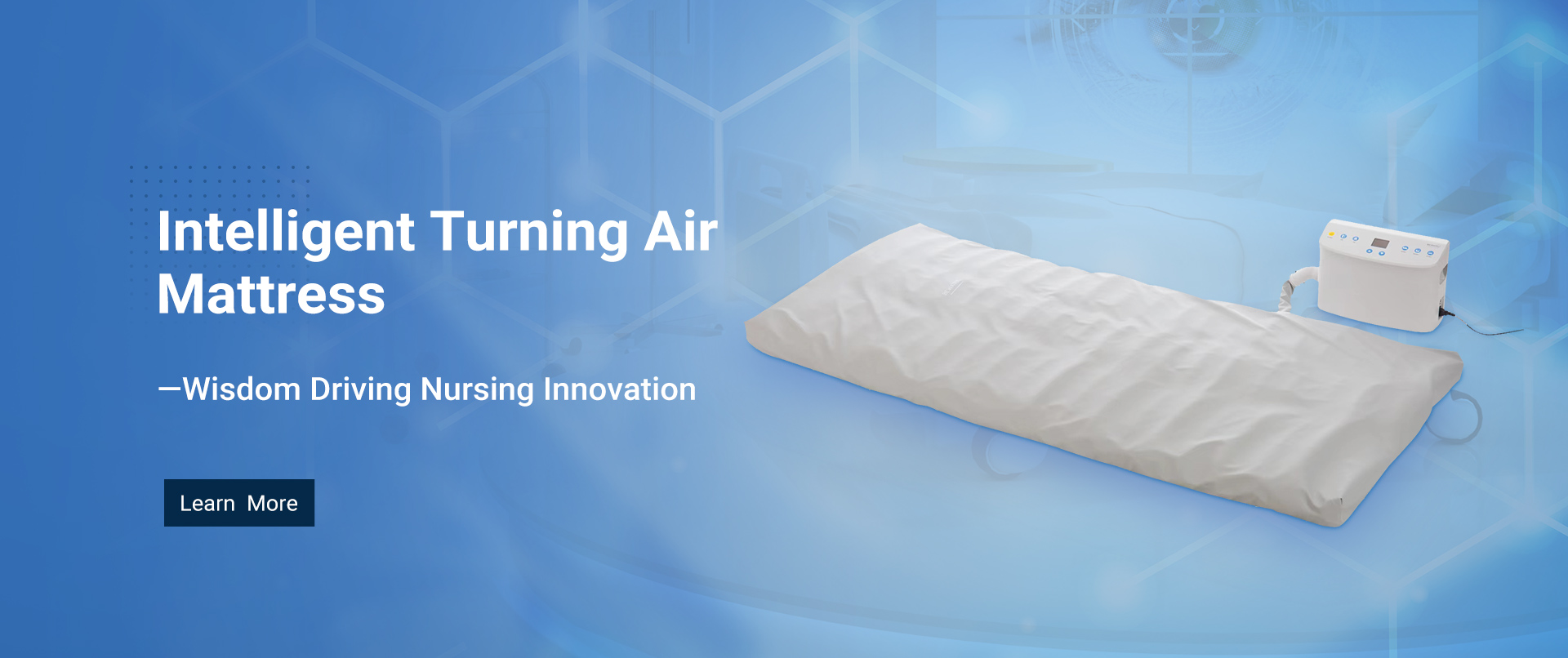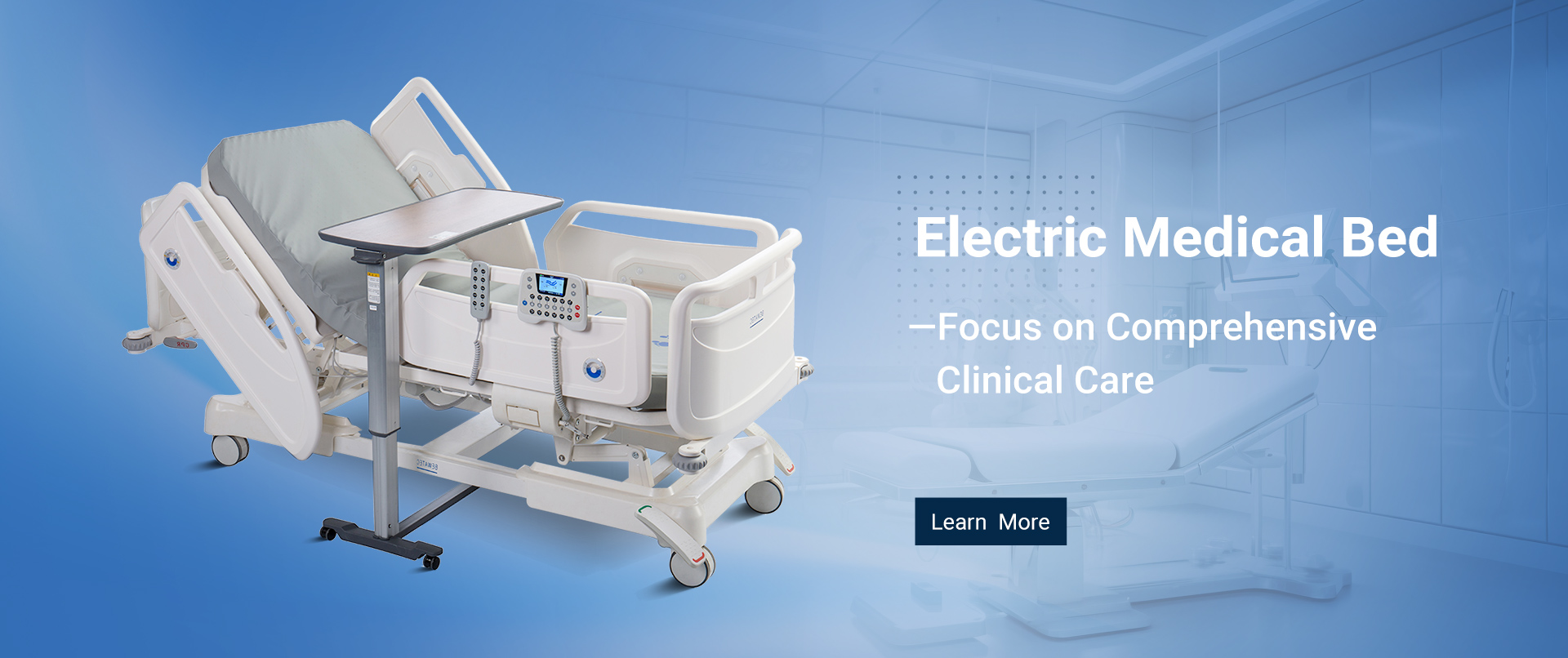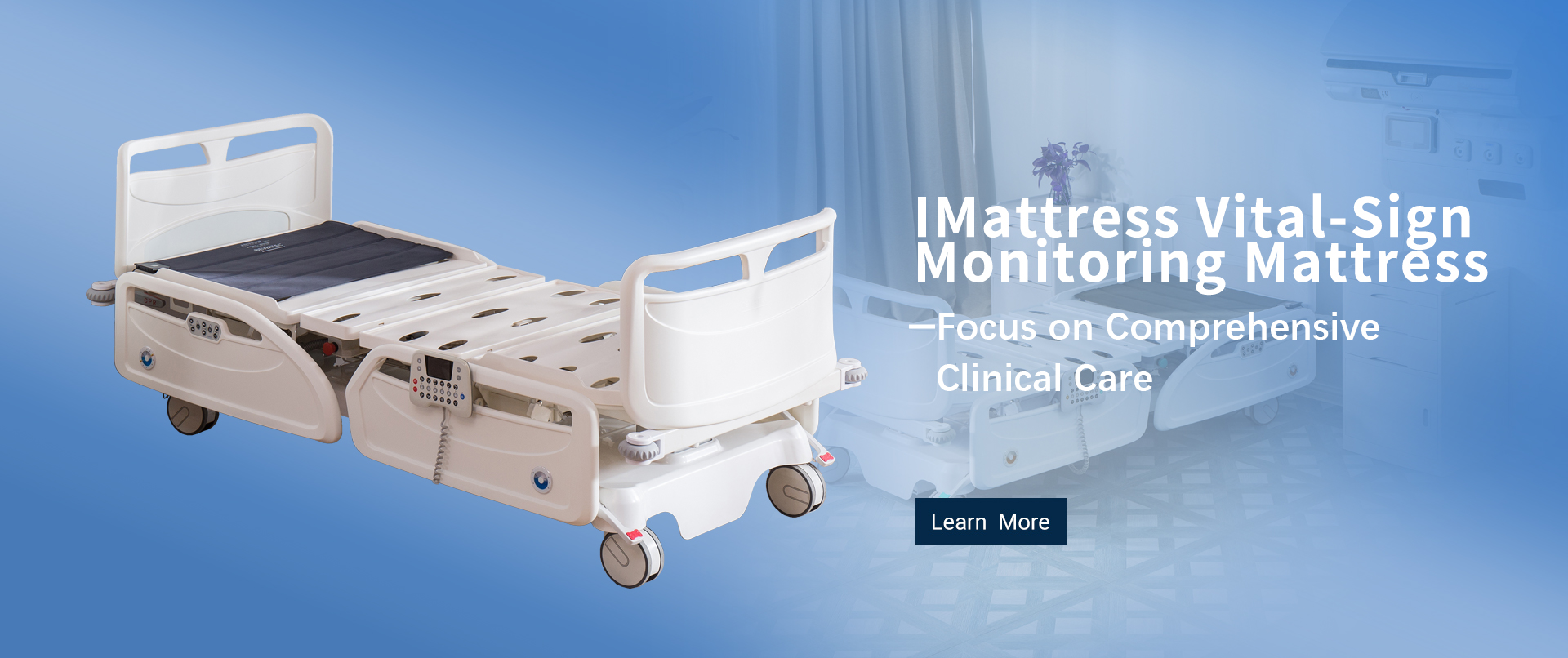In traditional wards, doctors have to switch between systems to find patient data, nurses' handwritten records are prone to errors, and patients have to chase after doctors to find out their test results. Such ‘information traffic jams’ are slow and prone to problems!
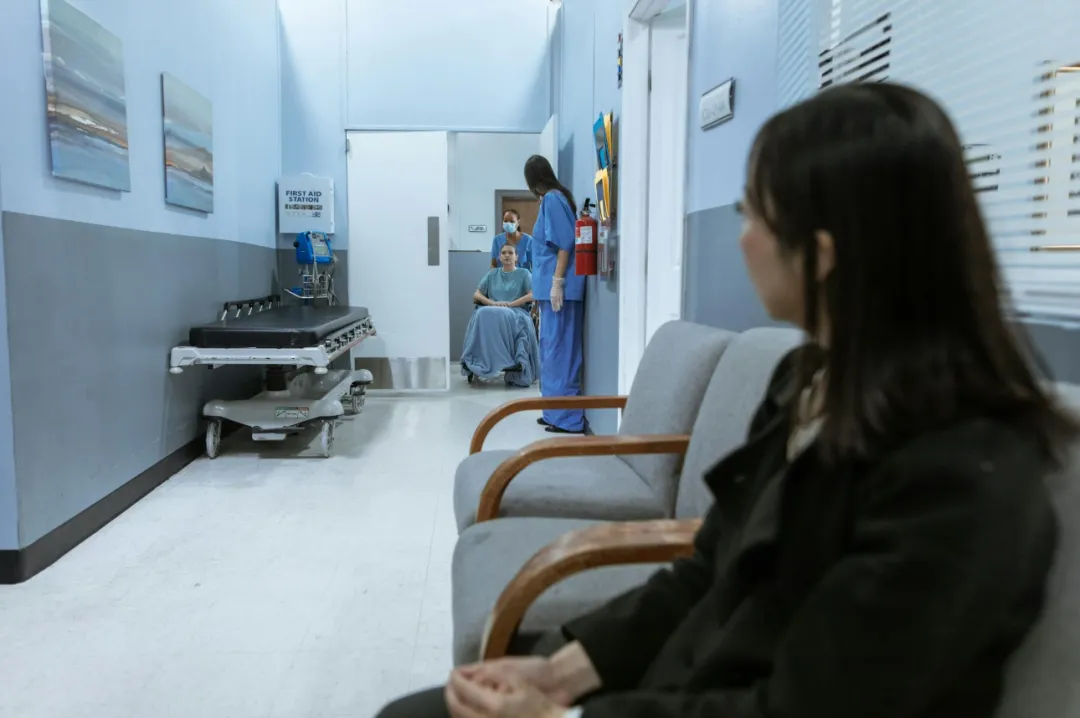
BEWATEC's smart ward solution breaks down the information barriers of traditional medical equipment and reshapes the ward diagnosis and treatment scene. Today, we will take you on an in-depth journey to uncover how the ‘Internet of Everything’ in smart wards eliminates information bottlenecks in hospitals.
Part. 1
Why is ‘Internet of Everything’ needed?
The pain points of traditional wards are well-known: nurses must manually record temperatures and medication, doctors must log into multiple systems to check test results, and patients must ‘chase after’ doctors to learn about their treatment plans... Low efficiency is one thing, but if information is miscommunicated or omitted, it could even affect patient care!
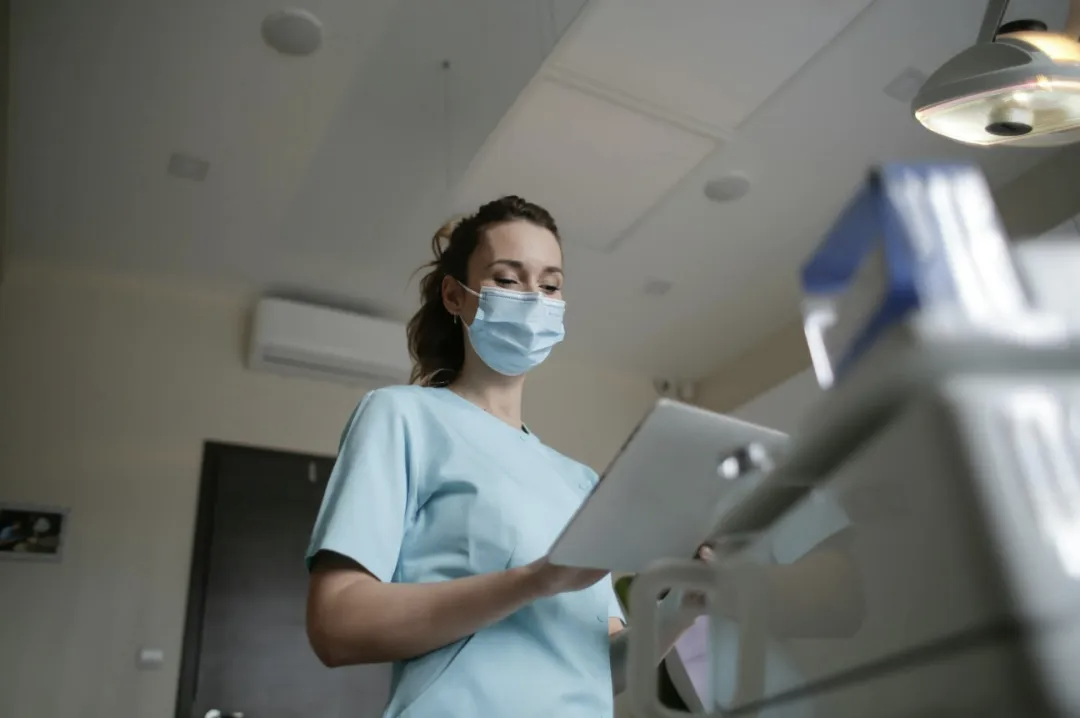
BEWATEC's ‘Internet of Everything’ aims to break down these barriers, enable equipment to ‘speak’ and data to ‘flow freely’, and equip smart wards with a ‘super brain’.
Part. 2
How does the ‘Internet of Everything’ actually connect?
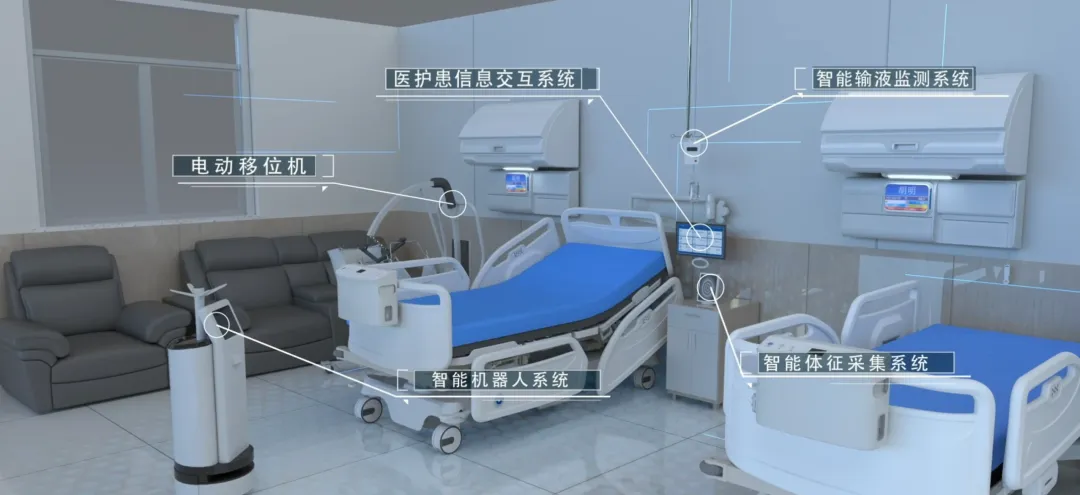
First, a smart IoT integration platform must be established to connect dispersed ward devices (electric beds, nursing equipment, vital signs monitoring devices, etc.) through ‘IoT + cloud-edge computing’, enabling devices to work in tandem: for example, automatically alerting nurses when an IV is nearly finished; issuing warning signals when a patient has been out of bed for too long; developing remote visitation systems and bedside interaction systems to enhance patient hospital experiences and demonstrate the humanistic care within smart wards.
Part. 3
What can the ‘Internet of Everything’ bring?
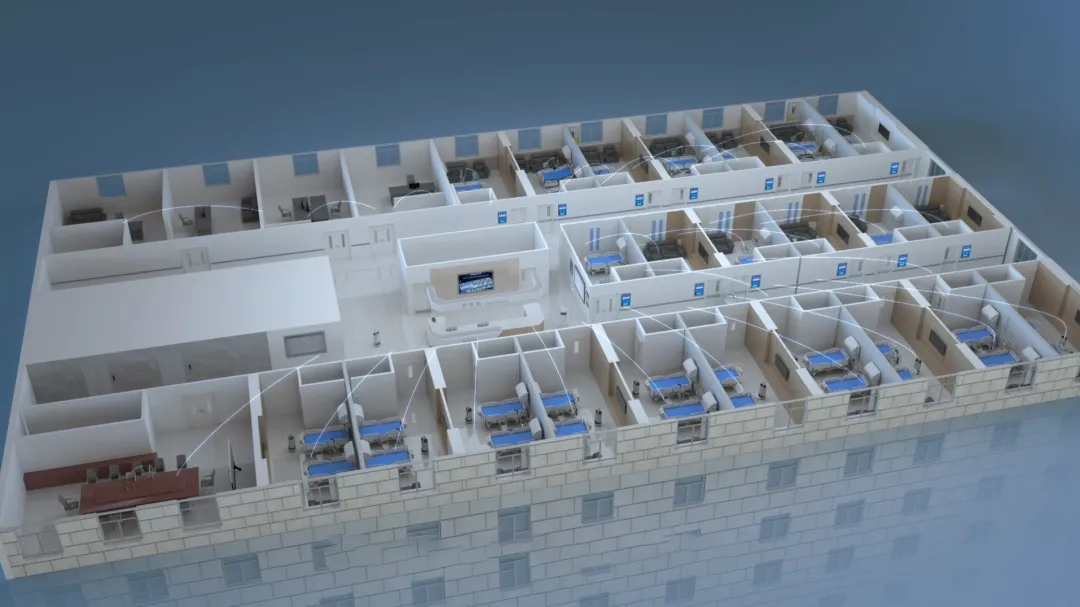
1. Soaring medical and nursing efficiency
Devices automatically collect data (temperature, medication, nursing records synchronised in seconds), eliminating the need for repeated manual entry; real-time alerts for abnormal conditions (falls, sudden changes in heart rate) double patrol efficiency, with nursing responses at ‘zero delay’, allowing staff to focus all their energy on patients!
2. Enhanced patient experience
Test results and treatment plans are pushed in real time, eliminating the need for patients to repeatedly ask doctors for updates. Patients can independently query information via bedside screens, and on-call doctors can also access treatment details with a single click, making rounds more reassuring; intelligent device integration (e.g., electric beds and smart turning cushions automatically issue alerts in abnormal situations) significantly enhances the inpatient experience.
3. Optimised Management Costs
Full lifecycle management of devices (status monitoring, predictive maintenance) reduces downtime due to faults; Intelligent resource scheduling (efficient delivery by logistics robots) reduces costs and increases efficiency, helping hospitals calculate their ‘operating accounts’.
BEWATEC's ‘Internet of Everything’ is not simply a connection of equipment, but a reconstruction of the medical ecosystem using technology — bringing data to life, making diagnosis and treatment smarter, and making every moment of care in the ward more accurate and warmer. This is what smart healthcare should look like!
Post time: Jul-11-2025

